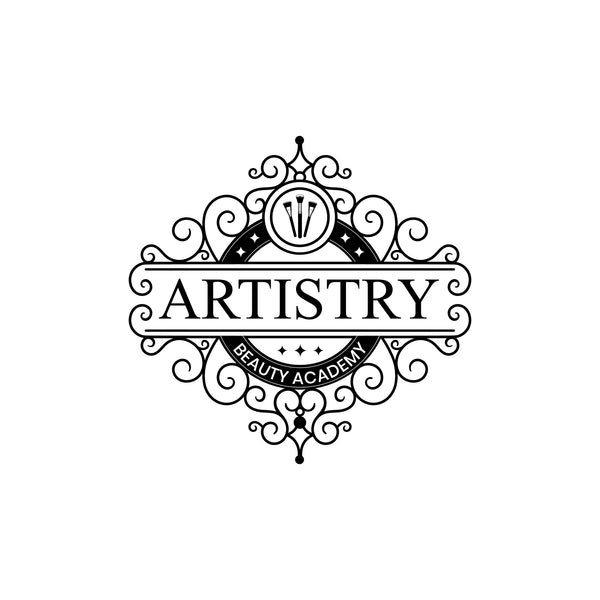
Flawless Eyeshadow Techniques for Beginners
Share
Applying eyeshadow can feel overwhelming when you’re just starting out, but with a few basic techniques and the right tools, you can create stunning looks that enhance your eyes and elevate your entire makeup game. As a makeup artist, I love teaching beginners how to master the art of eyeshadow—because once you get the hang of it, the possibilities are endless. Let’s break it down step-by-step to help you achieve flawless eyeshadow every time.
Using quality tools can make all the difference in your eyeshadow application. You’ll need a flat shader brush for packing eyeshadow onto your lids, a fluffy blending brush for softening edges, an angled brush for precise lines or applying shadow as eyeliner, and a tapered blending brush for applying color to the crease. If you’re on a budget, many affordable brands offer beginner-friendly brushes that perform well.
Prepping your eyelids is a crucial step for ensuring that your eyeshadow stays vibrant and doesn’t crease throughout the day. Use an eyeshadow primer or a dab of concealer to create a smooth, even base. Set the primer with a translucent powder or a neutral-toned shadow to make blending easier. This step not only helps your eyeshadow last longer but also ensures that the colors appear more vivid.
Knowing your eye shape—hooded, almond, round, or monolid—can help you tailor your eyeshadow application for the most flattering effect. Hooded eyes benefit from applying color slightly above the crease, almond eyes can experiment with winged and elongated shapes, and round eyes look stunning with darker shades concentrated at the outer corners for added depth.
For beginners, a simple three-shadow technique works wonders. First, apply a neutral shade close to your skin tone all over your eyelid to create a smooth canvas using a flat shader brush. Then, use a fluffy blending brush to apply a medium-toned shade in your crease for depth, starting with a small amount of product and building gradually. Finally, apply a darker shade to the outer corner of your eyelid in a “V” shape and blend it inward for a seamless transition. The key to flawless eyeshadow is making sure there are no harsh lines between colors, so blend thoroughly.
Eyeshadows come in different finishes—matte, shimmer, metallic, and glitter. Start with mattes for a more natural look, and add shimmers to the center of your lid or inner corners for a pop of brightness. Use your ring finger to apply shimmer shades for maximum pigment payoff. Neutral shades like browns, taupes, and creams are beginner-friendly because they’re easy to blend and work well for any occasion. Once you’re comfortable, you can branch out into bolder colors.
Eyeshadow looks incomplete without eyeliner and mascara to define your eyes. Use a brown or black eyeliner to line your lash line and finish with mascara to make your lashes stand out. Even professionals sometimes end up with fallout (tiny bits of eyeshadow on the cheeks). To clean it up, use a makeup wipe or a bit of concealer to sharpen edges or fix any mistakes. If you’re using dark shadows, consider doing your eye makeup before your foundation to avoid ruining your base makeup.
No one becomes an eyeshadow expert overnight! The more you practice, the more confident you’ll become in blending and experimenting with different looks. A simple everyday look could include a soft beige or champagne shimmer on the lid, a light brown or taupe in the crease for subtle depth, a slightly darker brown on the outer corner for a gentle smoky effect, and a touch of highlighter or pale shimmer in the inner corner for brightness.
It’s easy to feel frustrated if your first attempts aren’t perfect, but makeup is about having fun and expressing yourself. Each time you practice, you’ll refine your technique and discover what works best for you. With these beginner-friendly tips and techniques, you’ll be well on your way to mastering flawless eyeshadow looks. Remember, the key is blending, experimenting, and most importantly, enjoying the process!
